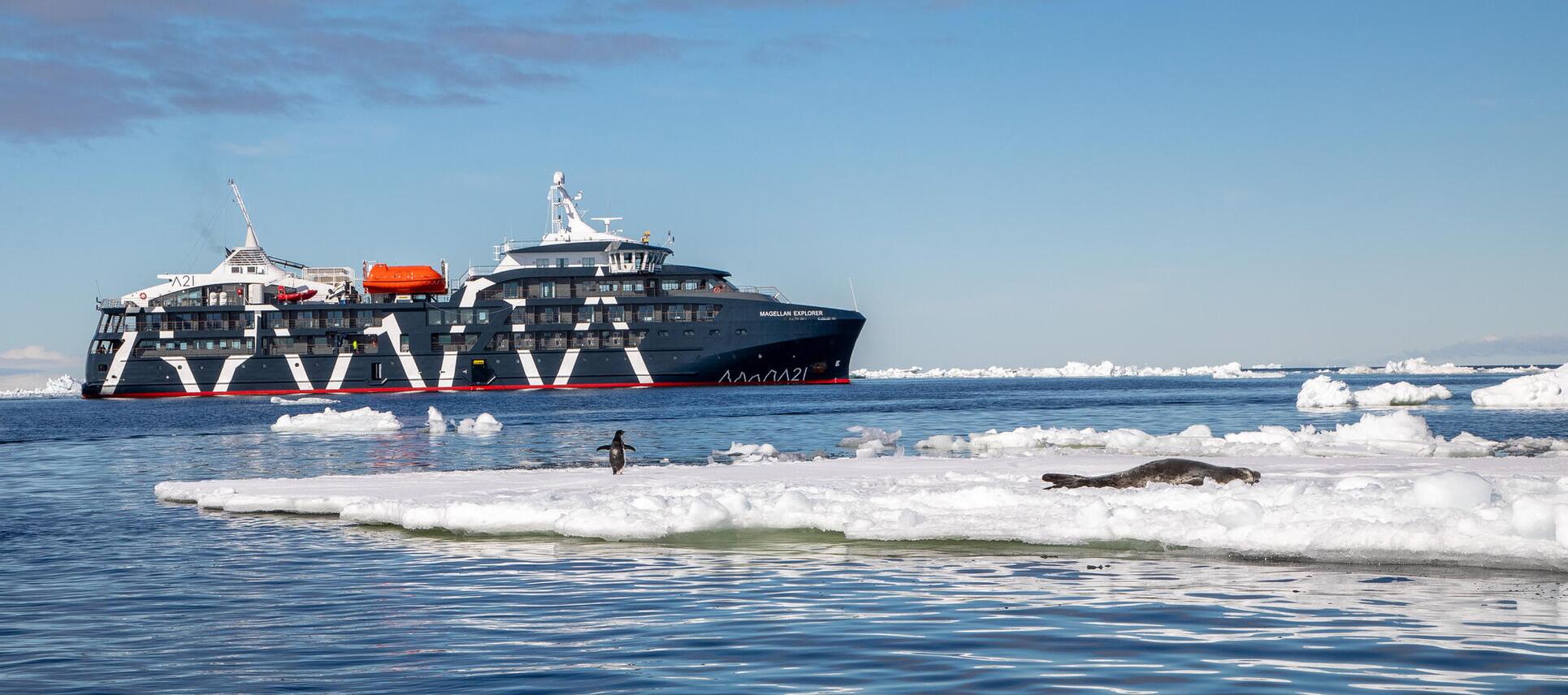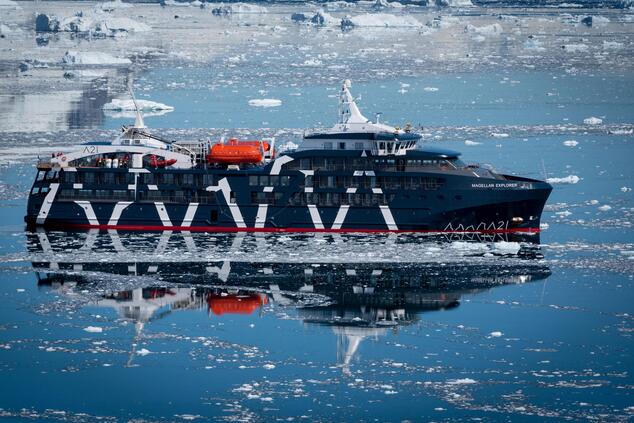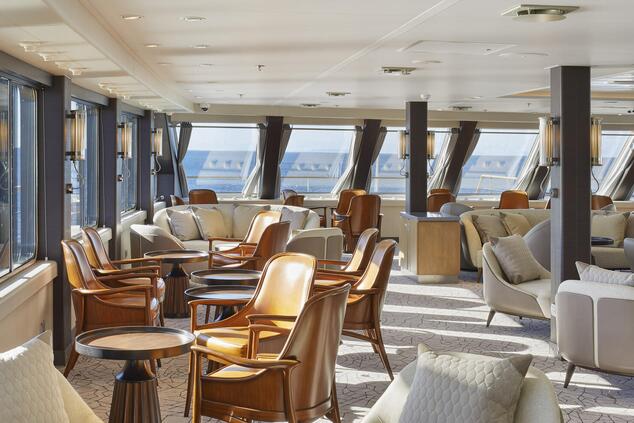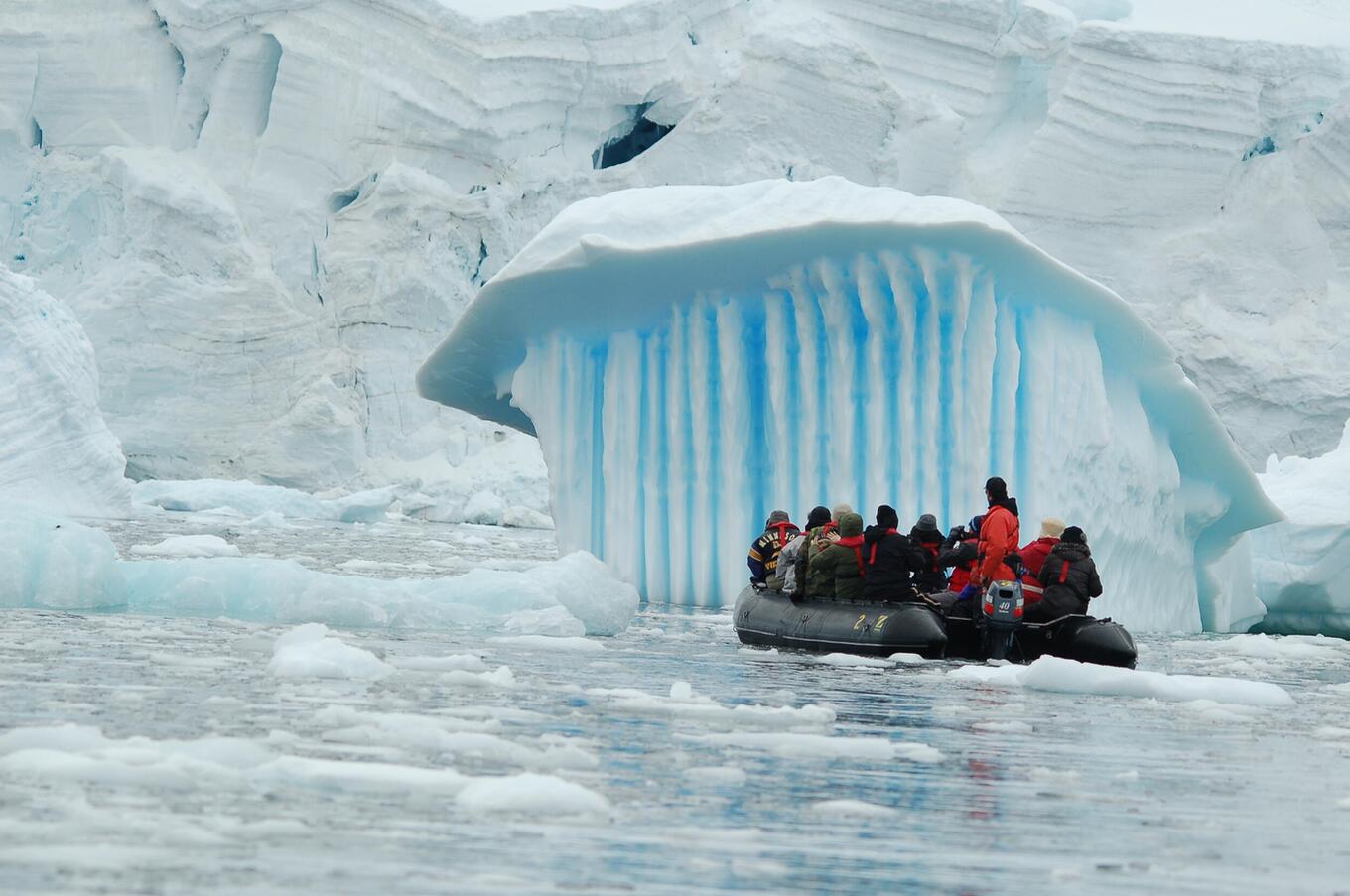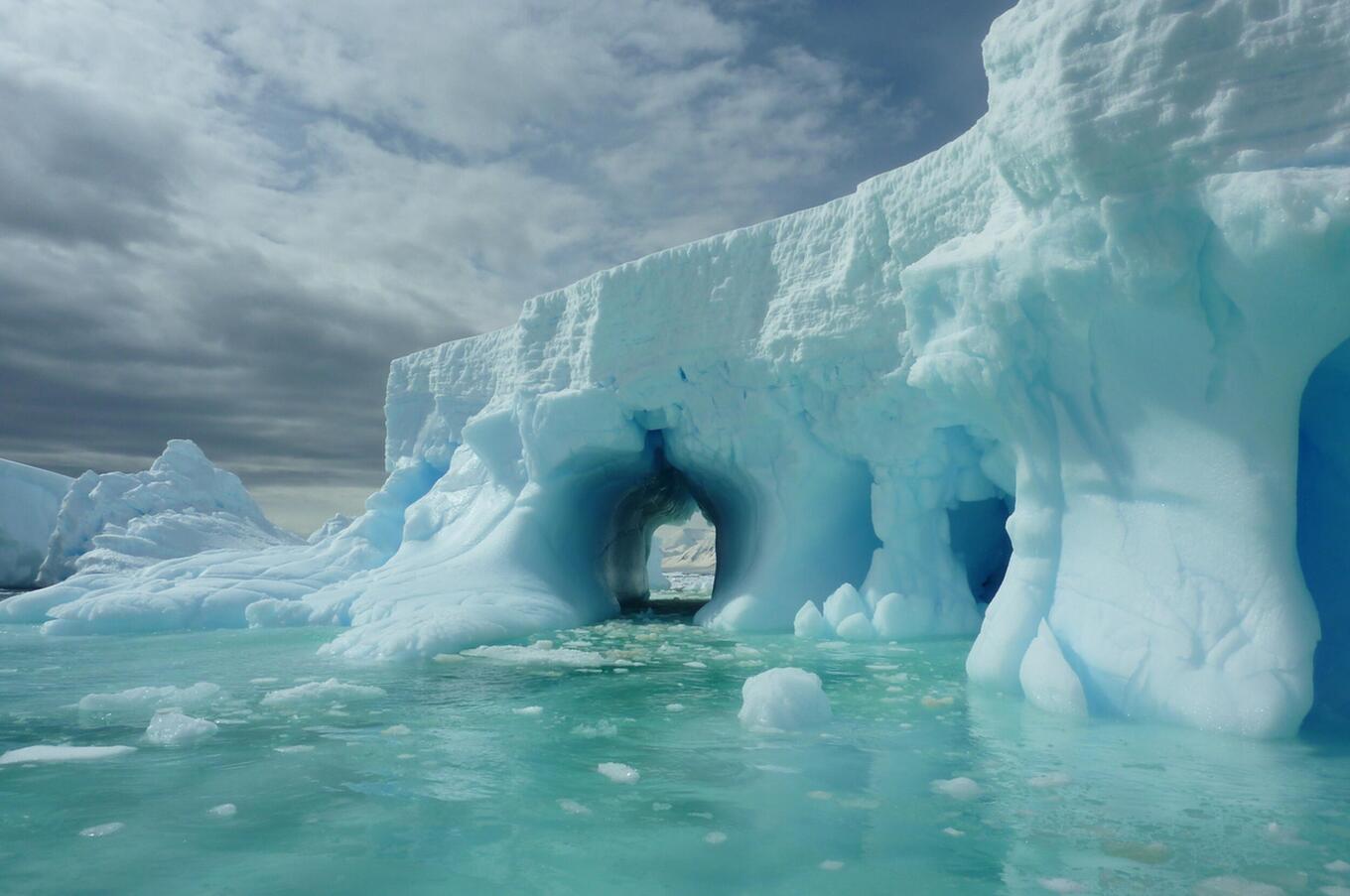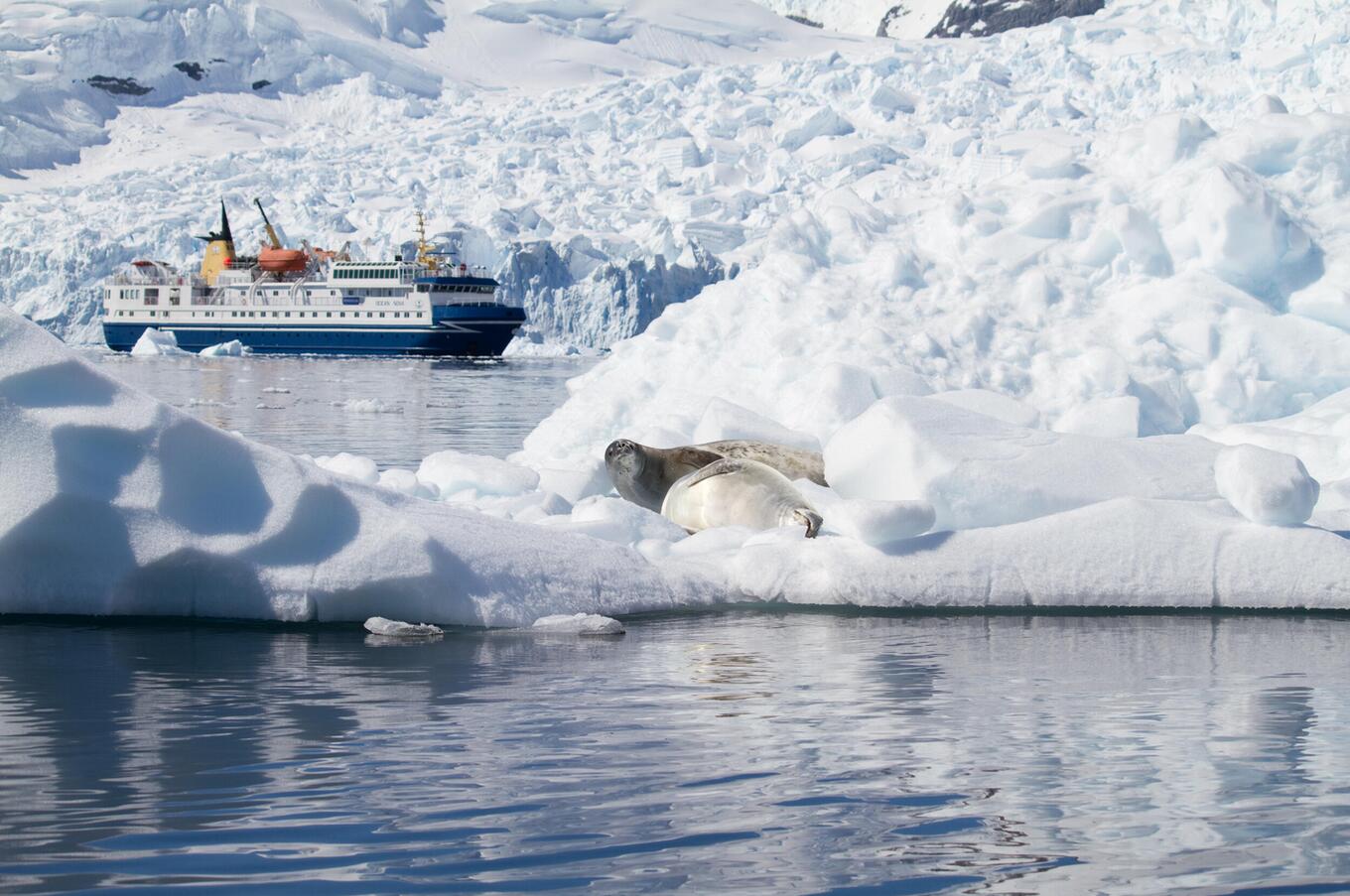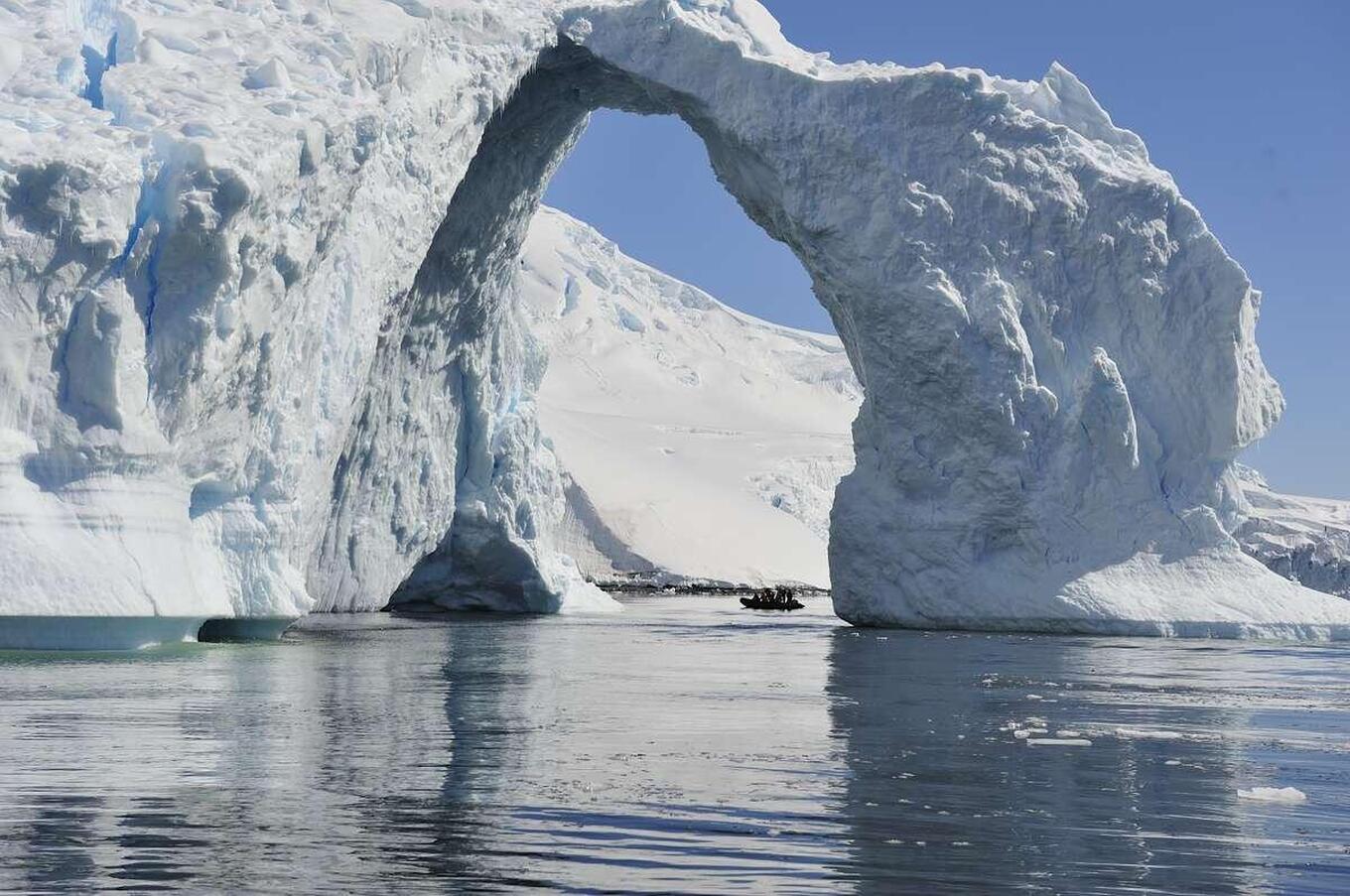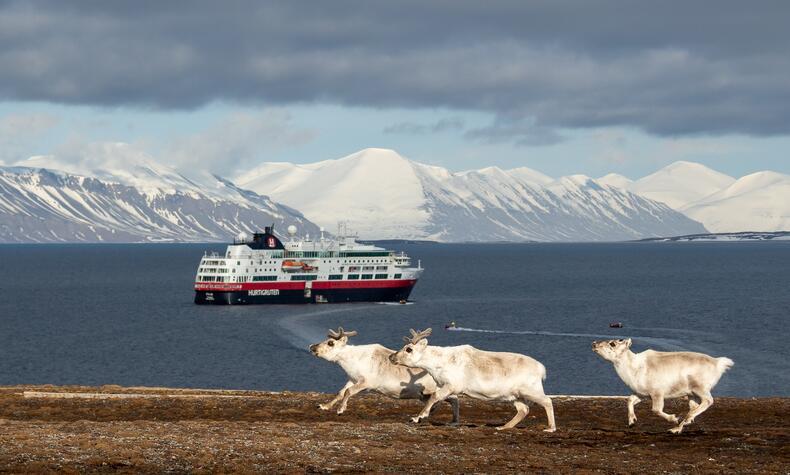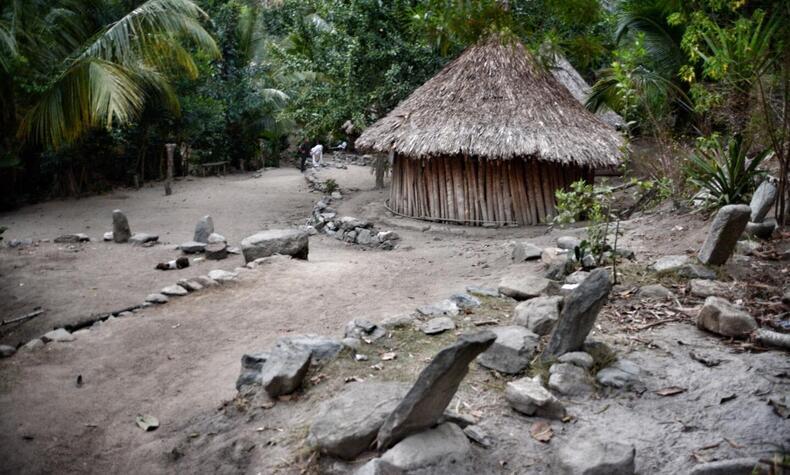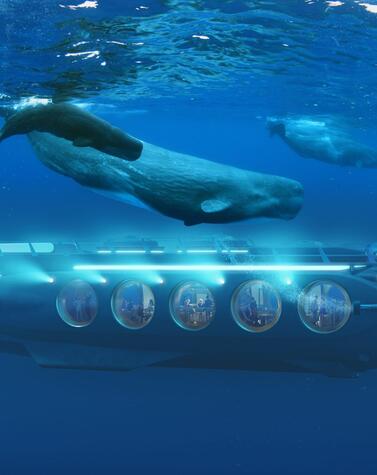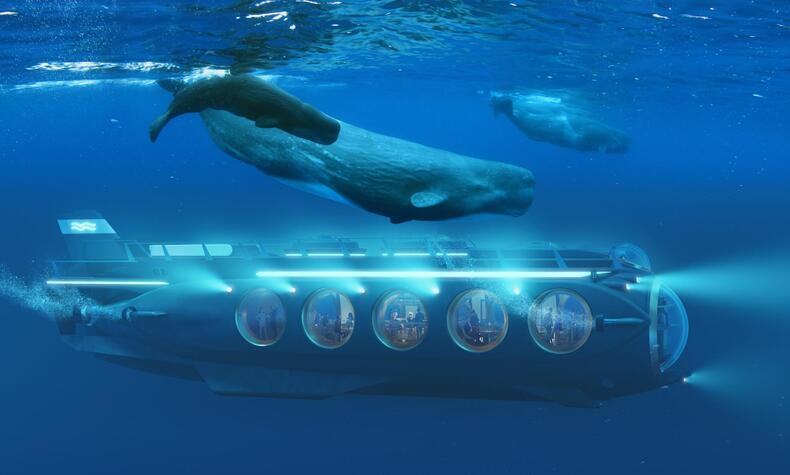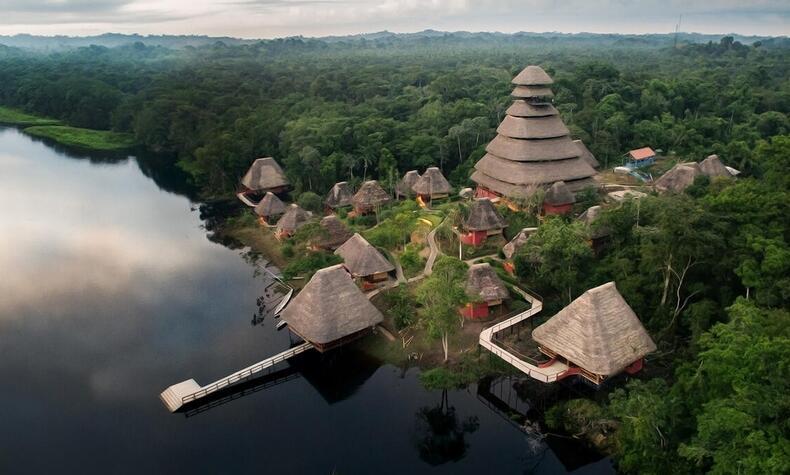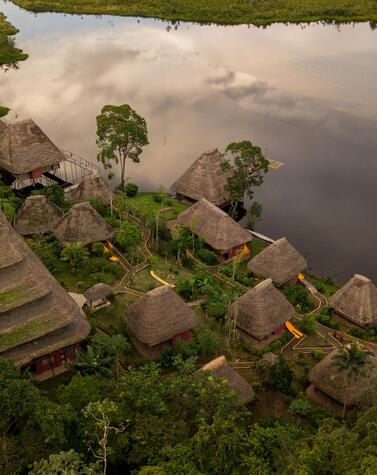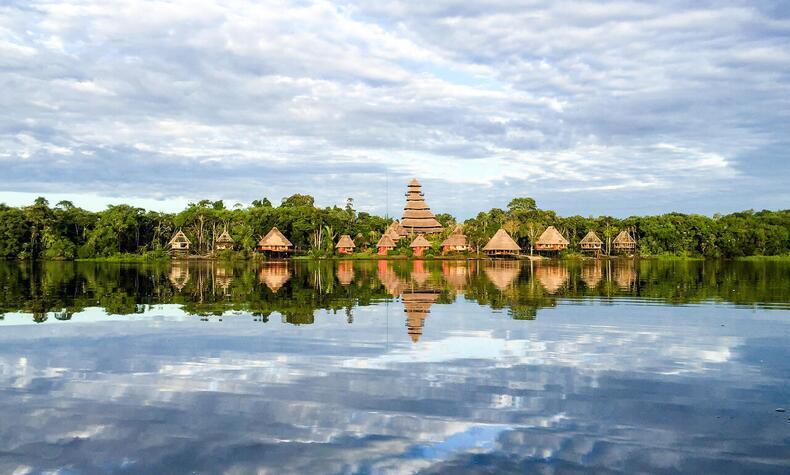Following Shackleton's footsteps in Antarctica aboard an icebreaker
In 1912, an icebreaker was built at the Framnæs shipyard in Sandefjord, Norway, originally intended to carry small groups of wealthy tourists or for polar bear hunting expeditions in the Arctic. The vessel's name was "Polaris," but eventually the builders' financial problems led to the ship being sold to the Anglo-Irish explorer Ernest Shackleton for £11,600. The first thing Shackleton did was to change the name of the ship to "Endurance," a name related to the family motto Fortitudine vincimus (Enduring we shall overcome).
Shackleton intended to undertake the "Imperial Transantarctic Expedition". The ship sailed from Plymouth on August 9, 1914, bound for Buenos Aires. Shortly thereafter, and before reaching its destination, the Endurance became trapped in the ice in Vahsel Bay. The blocks of ice that imprisoned the ship eventually crushed it, and the members of the expedition were forced to make an epic journey by sledge across the icy Weddell Sea and later arrived in a boat at Elephant Island in the South Shetland Islands archipelago.
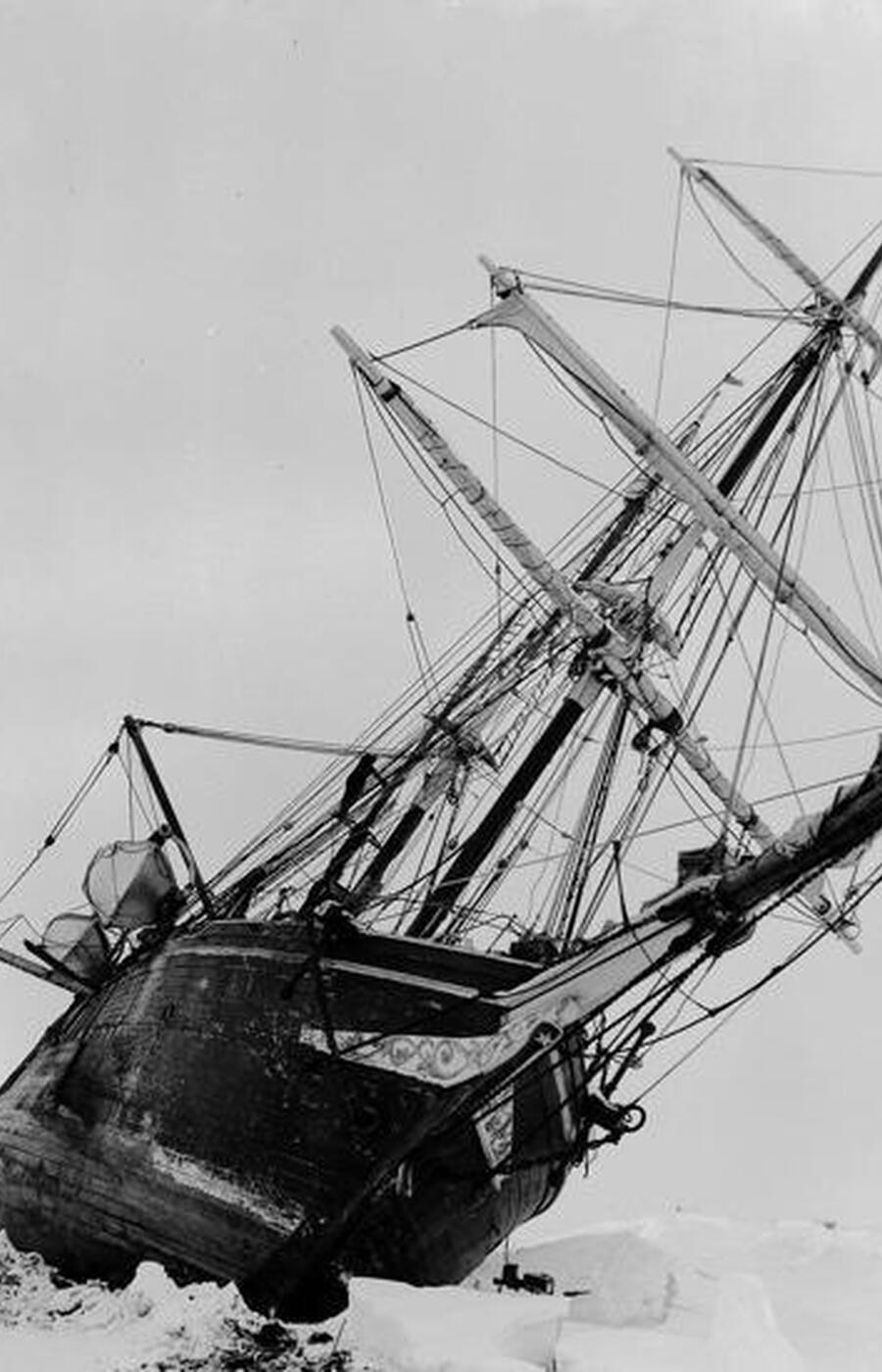
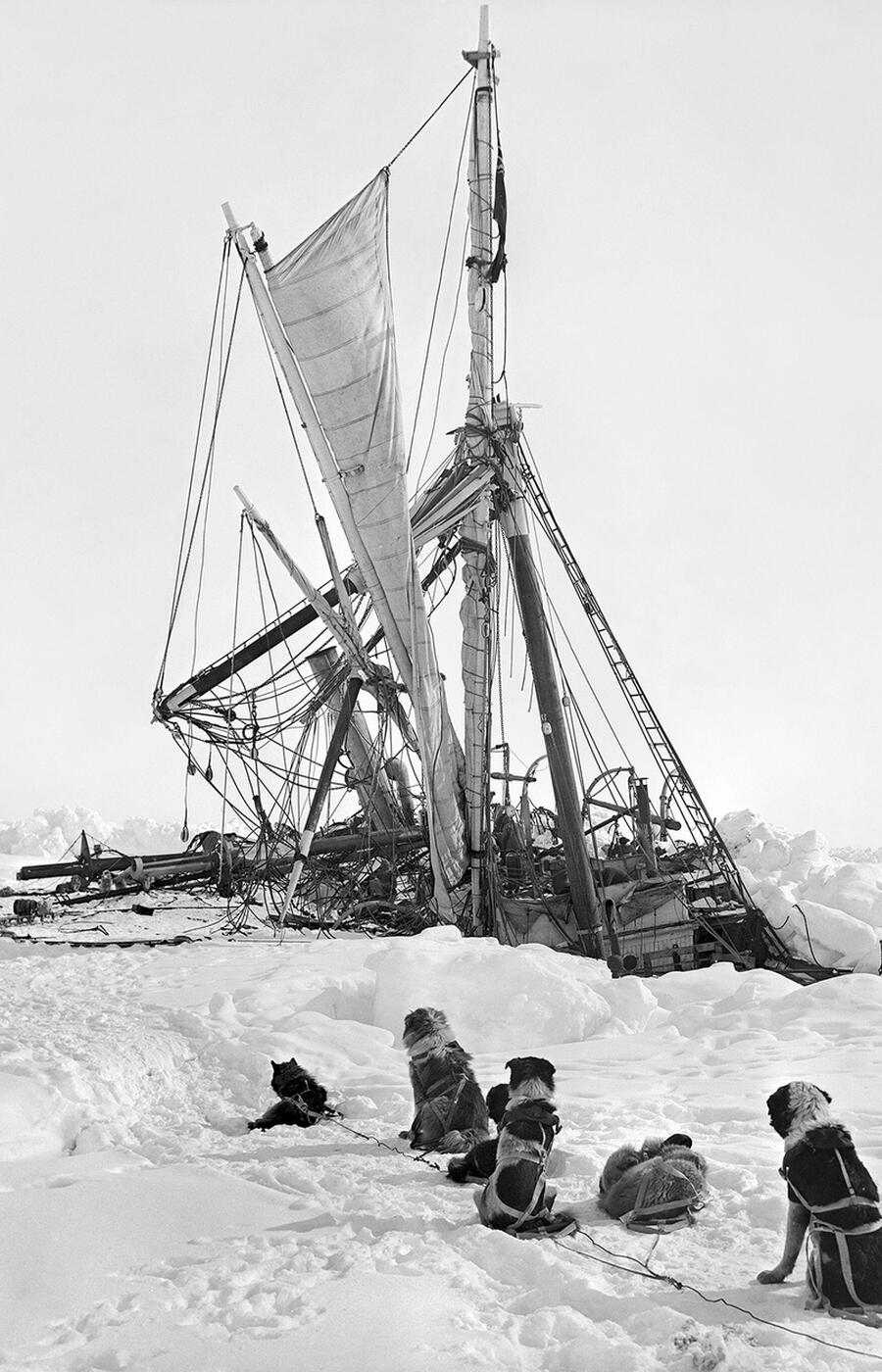
Once there, they rebuilt one of their small boats and Shackleton, along with 5 other men and a small sextant as their only orientation tool, sailed through the dangerous storms of the South Atlantic and across the Drake Passage to South Georgia Island in search of help. Once there, they traversed the mountain range that ran along the island in just 36 hours to reach the whaling base at Grytviken, where they got help.
The twenty-two men who had remained on Elephant Island were rescued by a Chilean navy ship on August 30, 1916. The entire crew of the Endurance survived this unique mission in the history of polar exploration.
E. Shackleton
More than a century after the disappearance of the Endurance, in early March 2022, the wreck of the Endurance was discovered by an expedition aboard the S. A. Agulhas II. The hull of the ship was in a good state of preservation, at a depth of approximately 3,000 meters and about 7.5 kilometers from the position where Captain Frank Worsley recorded its sinking, in the Weddell Sea in 1915.
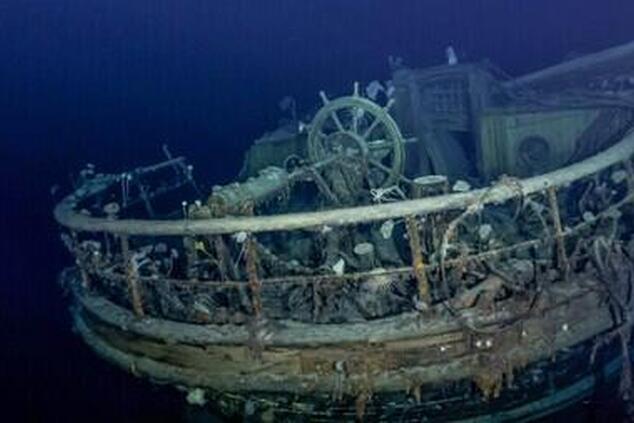

From Endurance to Magellan Explorer
More than a century after Ernest Shackleton's incredible feat, Antarctica continues to exert the same magical power of attraction on explorers, naturalists, and travelers who in the so-called seventh continent can live a unique experience and discover new landscapes, different from anything they have been able to visit before in any other part of the world.
Advances in the means of transport make it possible that, today, we can enjoy the white continent in an air-cruise. It consists of flying from Punta Arenas, in the Chilean Patagonia, over Cape Horn and the stormy and feared Drake Sea to land in Antarctica comfortably and conveniently. This is a private flight of two hours that will save us the discomfort of two days sailing the Drake Sea.
- A 2-hour private flight saves us two days of sailing in the stormy Drake Sea. —
- The Magellan Explorer has capacity for 100 passengers and 60 crew members. Photo: Ana Carla Martínez. —
- The 90-meter Magellan Explorer has been built according to the latest sustainability criteria. —
- Photos: Tom Arban Photography Antarctica XXI.
In Antarctica, we will discover the best of the Southern ice aboard the expedition yacht Magellan Explorer, smaller than conventional cruises, which will allow us to reach more corners of the white continent in an agile and efficient way.
Antarctica is a remote and magical place with colossal iceberg bays, deep fjords, and immense glaciers. In the austral summer, large numbers of penguins, whales, seals, and seabirds congregate along the Antarctic Peninsula to feed and breed.
We can explore the container aboard small boats, kayaking through some of its fjords or trekking routes in the footsteps of the first explorers who set foot on Antarctic soil, always accompanied by polar guides. An exclusive and unique experience in the footsteps of Shackleton's Endurance.
